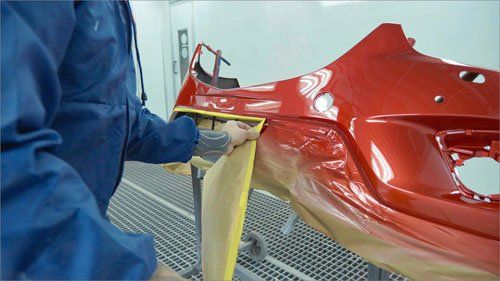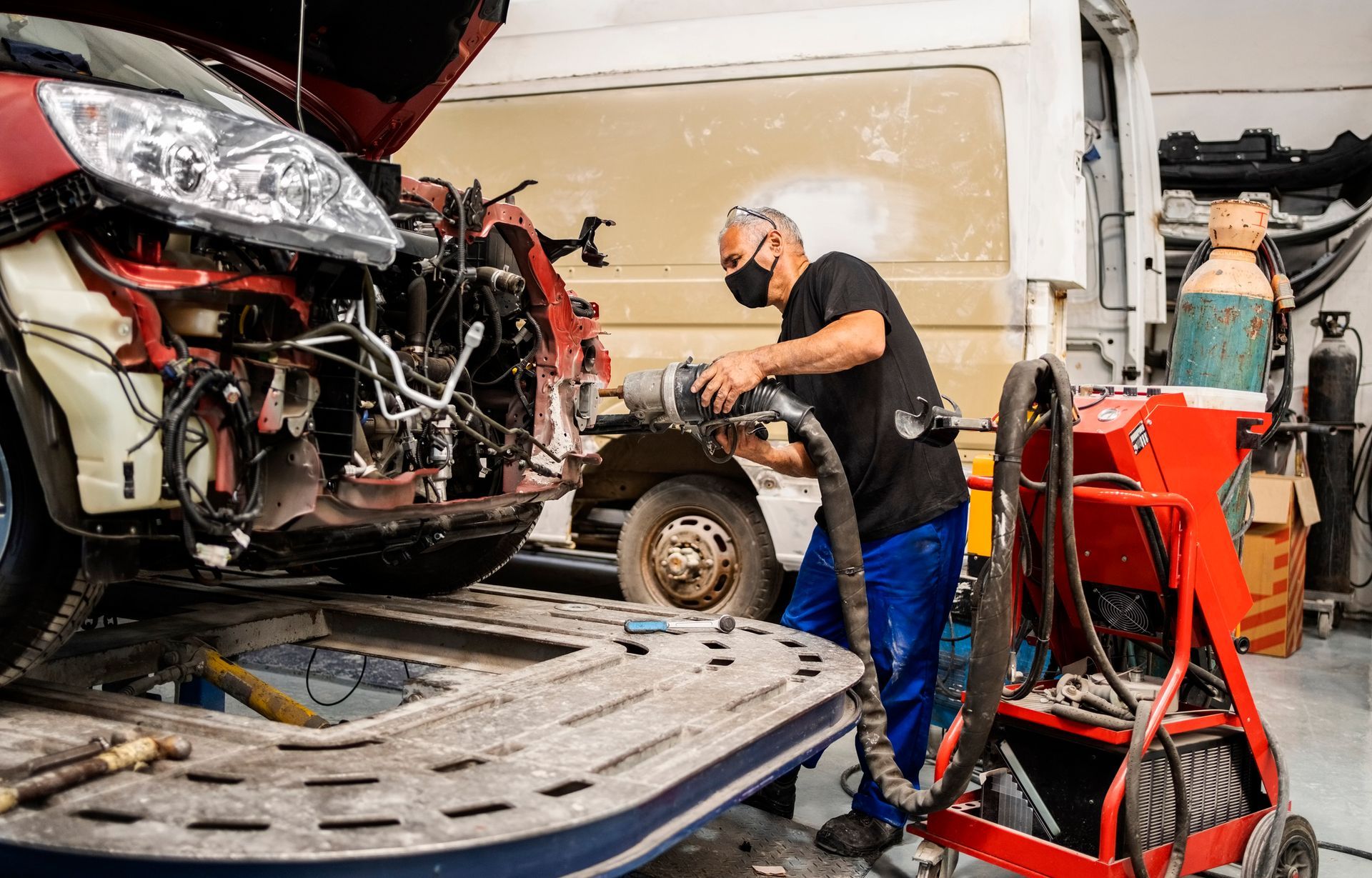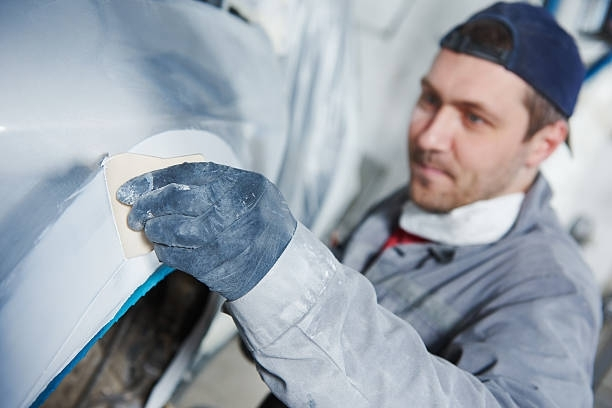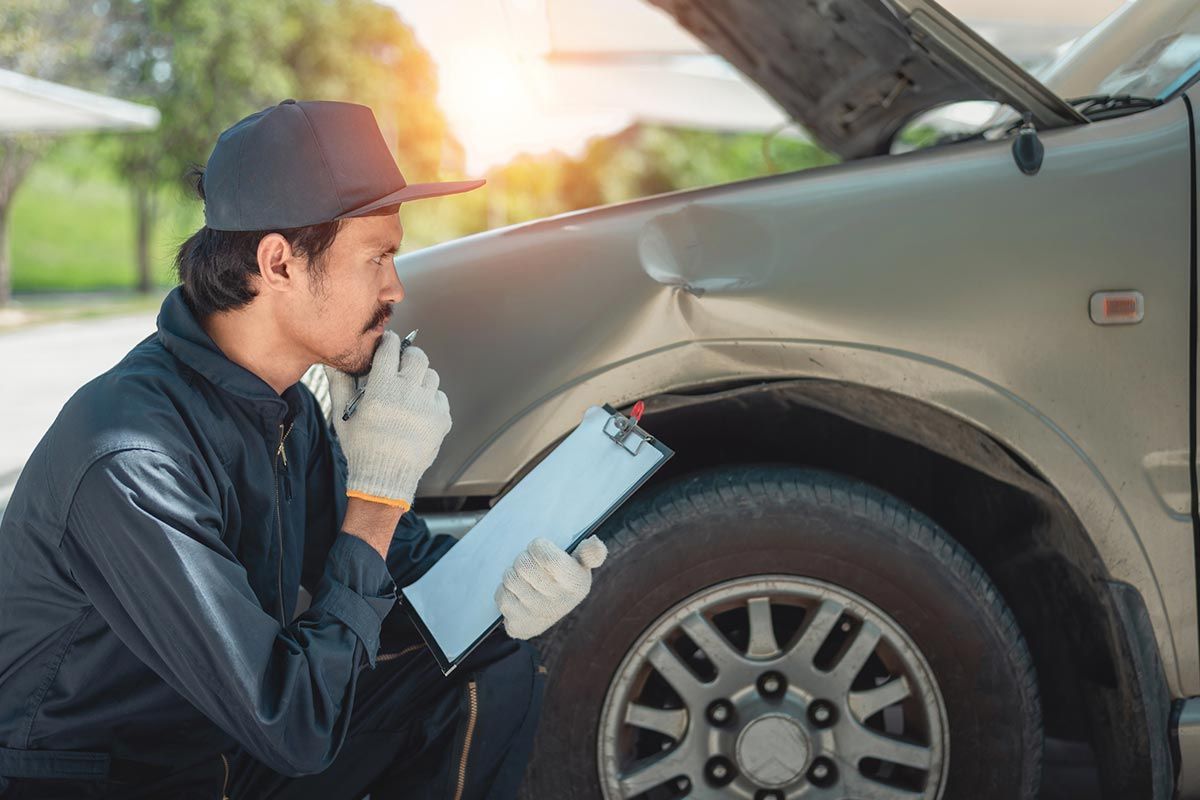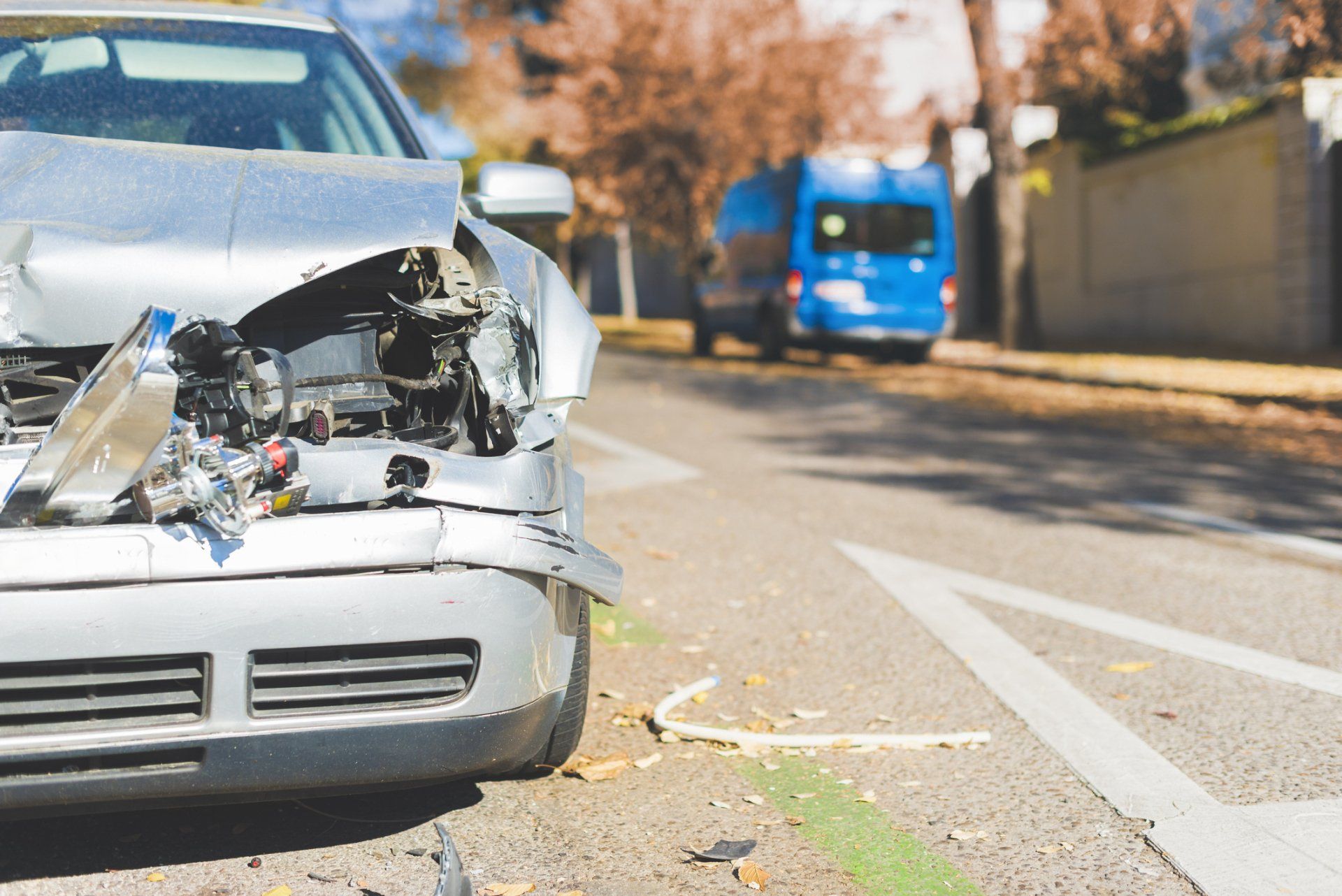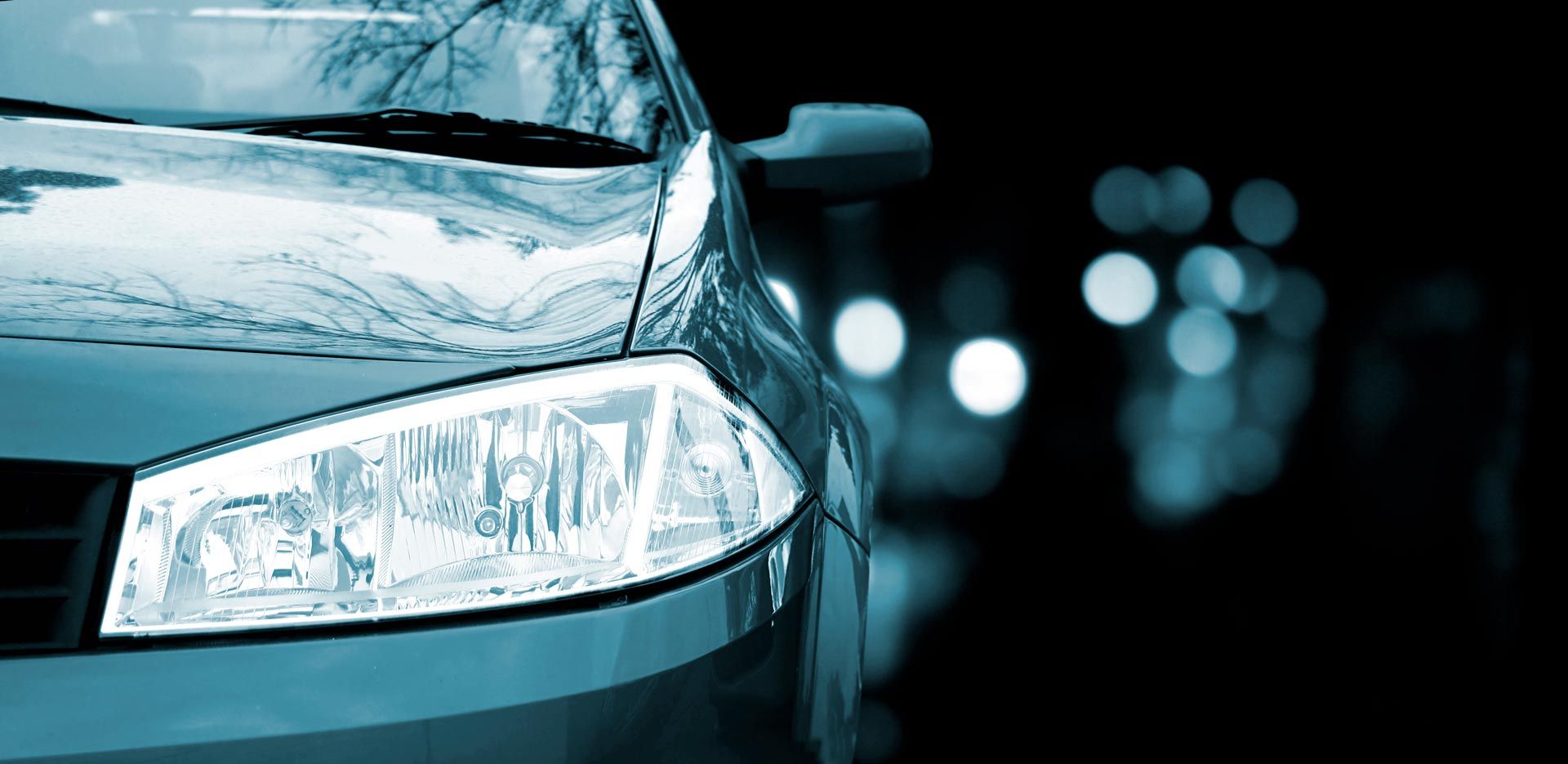HOW TO BRING OUT THE BEST IN YOUR VEHICLE'S EXTERIOR FINISH
If you invest in body work for your vehicle, you will want to take time to keep your car looking its best.
That is why you should regularly wash and wax the exterior of your car and perform what is known as "claying." The claying process is how to truly bring out the outstanding looks of your vehicle. Below is how you can perform this process for yourself and maintain your car's beautiful paint job.
WHY CLAYING MATTERS
When a car rolls off the factory assembly line or after it is just painted in a body shop, its finish is in perfect condition. However, it doesn't take long for finishes to fade and lose their luster.
In many cases, the problem isn't that the actual paint is affected; instead, the clear coat becomes scarred by grime that cars encounter. The clear coat is a hard, outer shell that protects the pigmented base coat.
The clear coat undergoes an assault anytime the vehicle is in motion. Everything from brake dust to bird droppings to rock particles is going to "attack" your car's finish and start the gradual dulling process. Particles actually embed themselves in the clear coat and cause light to refract and scatter, thus further interfering with the shine.
Unfortunately, washing and waxing alone will not address the problem, and the only recourse is to remove the particles. That's why claying is invaluable, as it is capable of grabbing the particles and pulling them from the clear coat.
HOW TO CLAY YOUR VEHICLE
Much like sandpaper, detail clay graded as "fine" will be the slowest in action but will also be the safest option for your car. It is best to stay with fine grades until you have accumulated a lot of experience.
Clay lubricant is another product you will need when performing claying. The lubricant keeps the finish slippery and allows the clay to glide without sticking or grabbing. Some people make their own lubricant, but pre-mixed, commercial products are safe and easy to use.
Next, carefully open the container of detailing clay and remove a golf ball-sized piece. Be cautious not to drop the clay; if you do, you will need to throw it away as any embedded debris will damage your car's finish.
Flatten the clay ball into a shape similar to a half-moon and lay it aside on a clean piece of wax paper. Next, choose an area of the car to begin and spray the finish liberally with the lubricant. Use a dry microfiber towel to mop up any excess lubricant.
Once you have finished claying one area, keep moving systematically until the vehicle finish has been clayed. Be sure to spray lubricant on each area before applying the clay. After claying your entire vehicle, wash and wax it as you normally would.
If you have questions about taking care of your vehicle's new finish, be sure to contact Automotive Super Sports for help. They can provide expert guidance and assistance regarding your car's paint job and body work.

